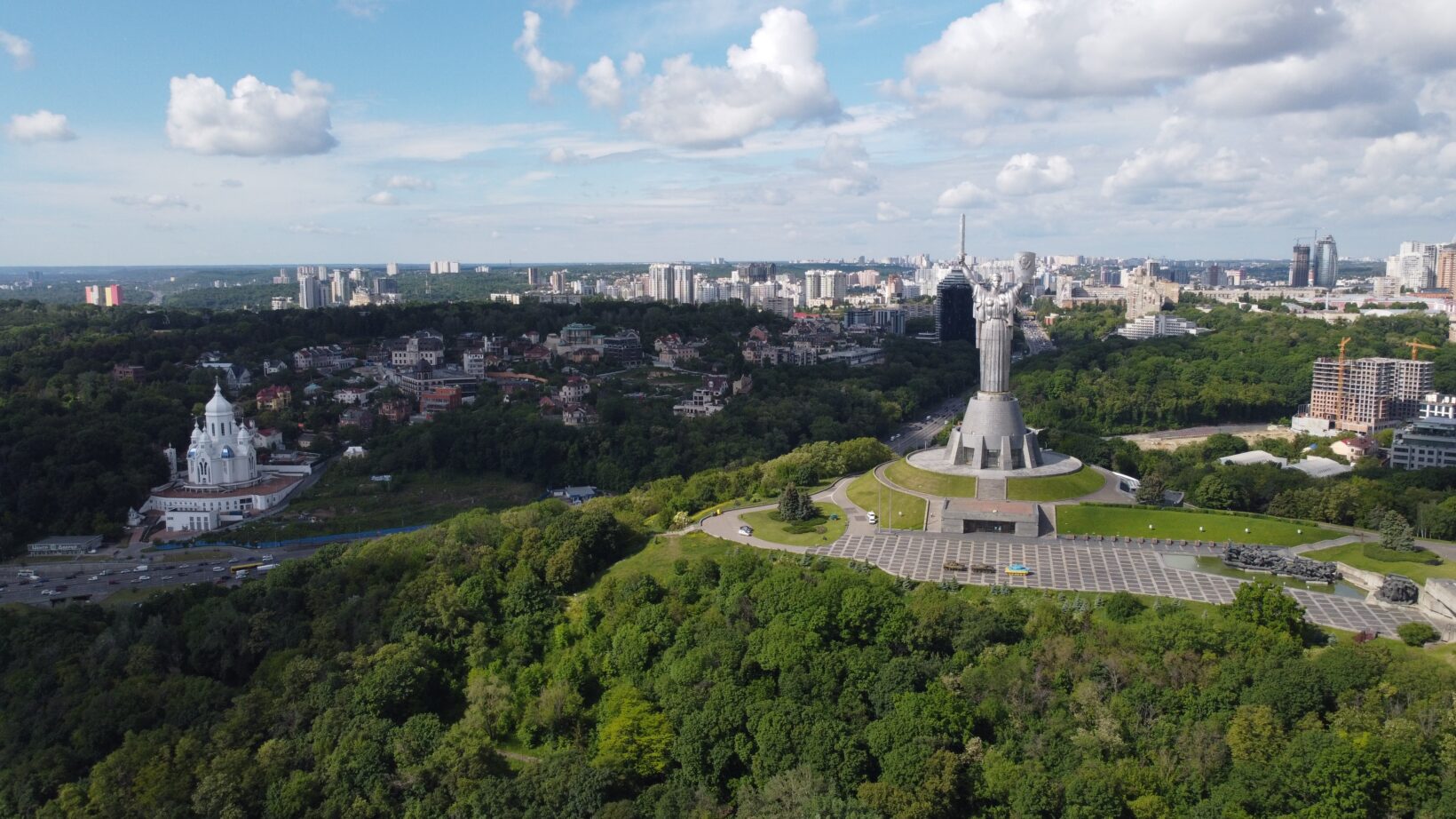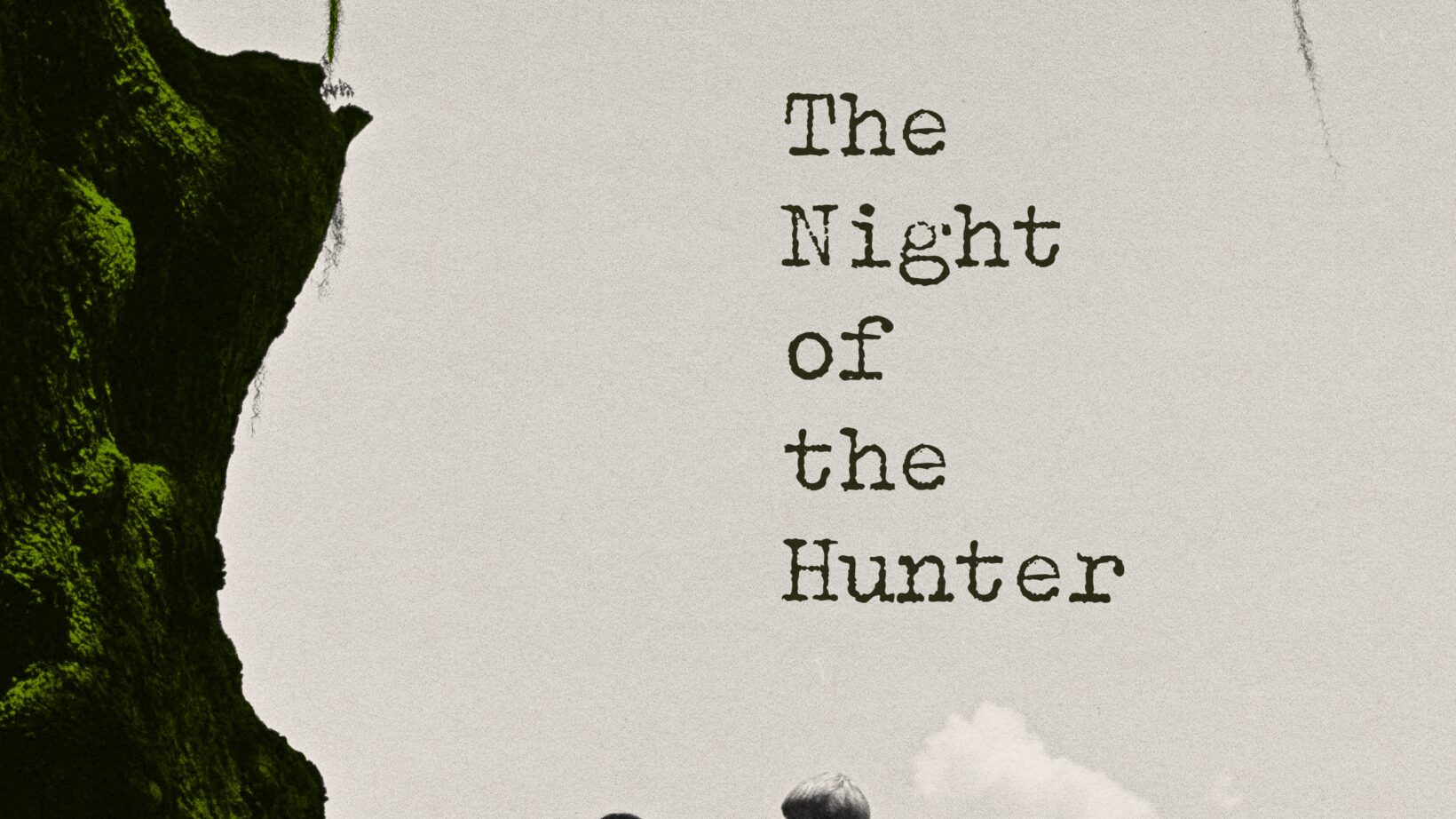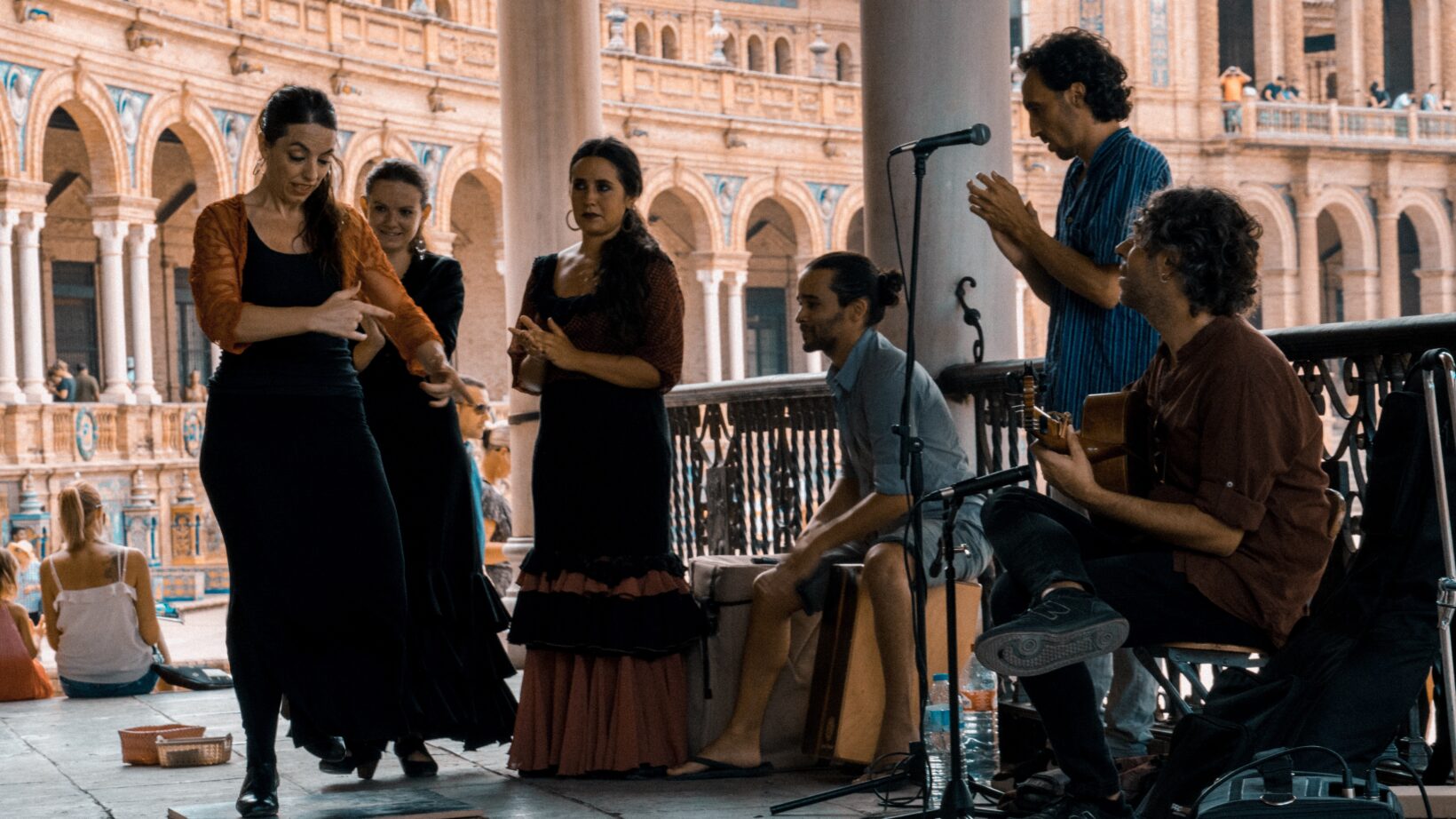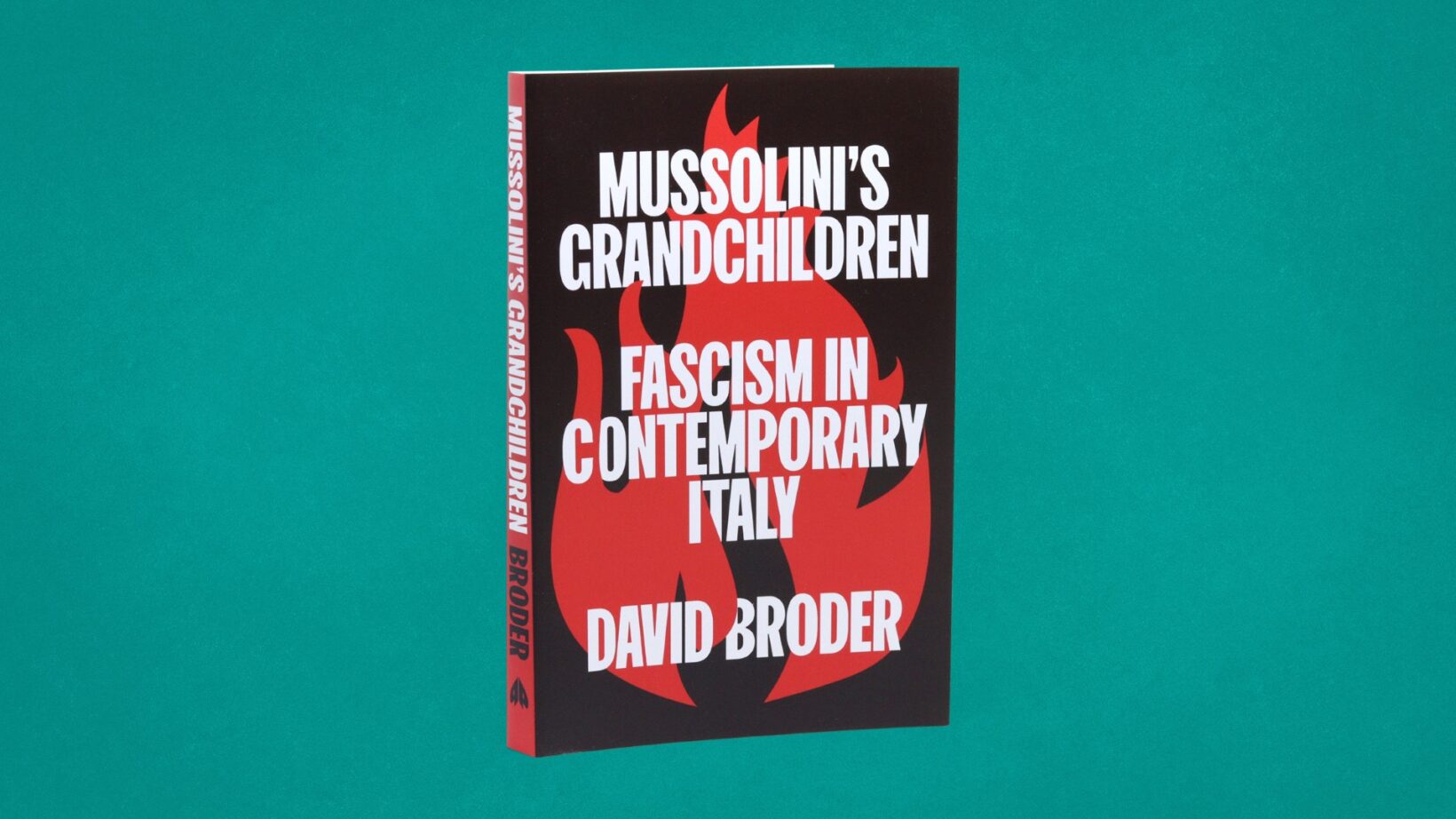Yemen in 2022: An end to the eight-year long civil war and humanitarian crisis or more of the same? Karen Dabrowski reviews the conflict’s history and religious-ideological roots and asks if a resolution can be reached.
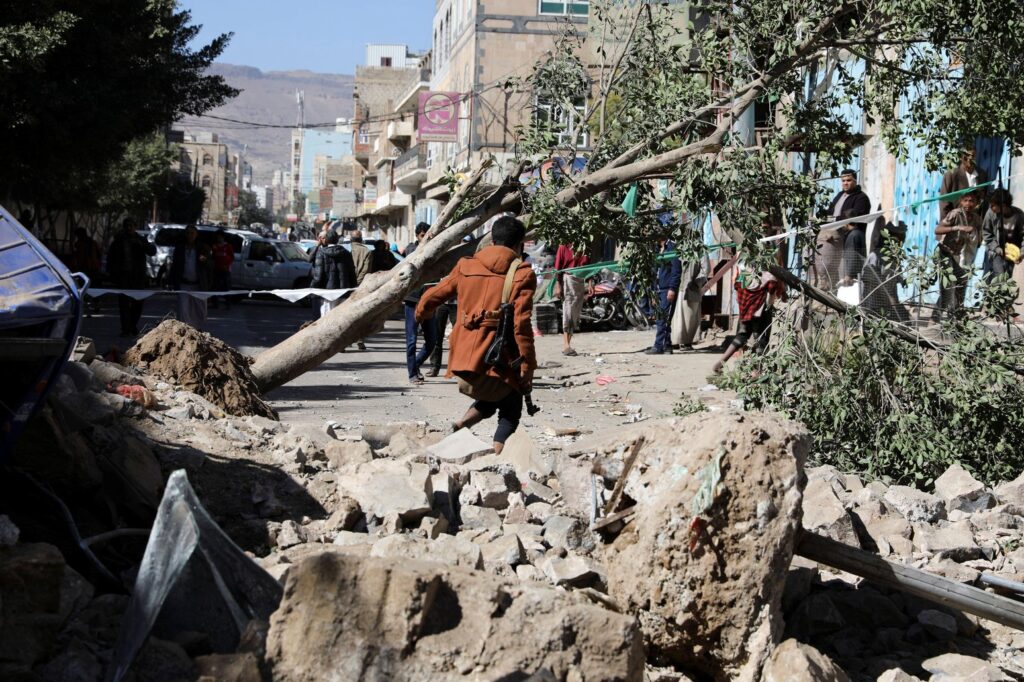
The war and humanitarian crisis which has plagued Yemen since 2015 is likely to continue in 2022 due to the different, irreconcilable agendas of the Houthis, the Internationally Recognised Government (IRG), the Southern Transitional Council (STC), the Saudi-led Arab coalition and the United Nations.
Let us briefly review the conflict’s history: The Arab Spring protests in 2011 prompted Ali Abdullah Saleh who ruled Yemen for 33 years to cede power to his deputy Abdrabbuh Mansur Hadi in February 2012. The National Dialogue Conference (NDC) a transitional dialogue process held in Sanaa from March 2013 to January 2014 was a key part of the agreement brokered by the UN and Gulf Co-operation Council that saw Saleh step down.
But when the NDC failed to properly address the grievances of Yemenis in the south of the country and those of Ansar Allah, an Iran-backed Islamic political and armed movement colloquially named after its founder Hussein Al -Houthi who was killed by Saleh’s regime, the Houthis seized around 80 percent of the north of the country including the capital Sanaa.
The Arab coalition launched an attack on Yemen on 25th March 2015 when the Houthis advanced to the south and captured Aden, the commercial capital. After the coalition dislodged the Houthis from Aden in July 2015 with the assistance of southern forces the war continued as the Saudis remain determined to end Houthi rule in Yemen.
All peace initiatives have failed because the negotiators try to interpret the Houthis’ motives through the pragmatic lens. That is why many analysts argue they are stepping up their military offensive in Marib to strengthen their hand in negotiations. But to make any progress in defeating the Houthis their religious ideology has to be understood. They believe that only Ahl Al Bayt — a religious term that refers to the bloodline of the Prophet Muhammad — have a right to rule over Muslims. The Yemeni term for Ahl Al Bayt is Hashemites or Sadah and Houthi leaders belong to that caste. They are motivated by a desire to reinstate the imamate, a theocracy in which Hashemites ruled parts of northern Yemen for hundreds of years until they were overthrown in 1962. They are convinced that they have a divine right to rule Yemen and for them power sharing or participating in a democratically elected government is therefore impossible.
Saudi Arabia announced that the goal of its military intervention was “defending the legitimate government in Yemen” and “saving Yemeni people from Houthi aggression.” During the 26th Arab League Summit in Sharm El Sheikh in March 2015 King Salman vowed: “The campaign will continue until it achieves its goals for the Yemeni people to enjoy security.”
But another narrative evolved quickly as the primary rationale behind the Saudi decision – that of a war between the Sunni Kingdom and the Iran-backed Houthis, who belong to a Shiite sect. The Saudi owned media and religious authorities portray Yemen as a battlefield for the Sunni Saudis to fight the Shiites, perceived as a threat not only to Yemen but to the entire region. Saudi Arabia is fighting its proxy war against Shitte Iran in Yemen.
The Internationally Recognised Government (IRG) is trying to cling to power and dreams about re-establishing its control over the whole of Yemen. It is relying on the Arab coalition to oust the Houthis and hopes a workable power sharing agreement with the Southern Transitional Council (STC) will be implemented in the areas not under Houthi control.
The long-term objective of the STC is the re-establishment of an independent southern state. After 129 years as a British colony South Yemen became independent in 1967. In 1990 it united with the north but the southerners felt discriminated against and marginalized in the united state and fought and lost a war for independence in 1994. Ali Abdullah Saleh ruled the south with an iron fist and after the Houthi coup the STC has advanced the case for southern statehood.
The United Nations has tried unsuccessfully to reconcile the conflicting parties through peace talks. Martin Griffiths the UN’s Special Envoy to Yemen (2018 – 2021) spent three years trying to bring the antagonists to the negotiating table but the Houthis refused to meet him. The current UN envoy Hans Grundberg has also made several trips to the country and at the end of December warned of “a more fragmented and bloody conflict.” Like Griffiths he has not managed to arrange a meeting with the Houthis.
Security Council Resolution 2216 (2015) names the Houthis and the IRG as the belligerents and demands the Houthis surrender to President Hadi who it affirms as Yemen’s legitimate president. Hadi and his backers and the Houthis argue that the resolution restricts the UN’s mandate to a two-party negotiation framework but the situation on the ground has changed and the Southern Transitional Council, the political wing of Tariq Saleh’s National Resistance Forces and the Tehama Council now have to be included. A new UN resolution is therefore essential.
At the beginning of 2022 negotiations for a ceasefire were deadlocked. The major stumbling block to progress is the issue of the coalition’s sea, air and naval blockade imposed since March 2015 which has led to the humanitarian crisis. The Houthis will not agree to a ceasefire until the coalition lifts the blockade and the coalition will not lift the blockade until the Houthis agree to a ceasefire. The latest UN effort to cajole a cease-fire in November garnered significant media attention but saw little traction on the ground with warring actors.
Kamel Jendoubi, chair of the UN Group of Eminent Experts on Yemen, told the UN Security Council in December 2020 that “civilians in Yemen are not starving; they are being starved by the parties to the conflict. The World Food Programme states that 20 million people – roughly two-thirds of Yemen’s population are suffering from hunger and malnutrition. In March 2021 David Beasley, Executive Director of the UN World Programme said that Yemen is “headed straight towards the biggest famine in history.”
The UN is asking for $3.6 billion to fund its operations in Yemen in 2022. The target may not be met and at the start of the new year the UN’s World Food Programme announced it has been forced to cut its aid due to lack of funding. From January eight million people will receive a reduced food ration while five million at immediate risk of slipping into famine will remain on a full ration.
At the beginning of this year that UN Resident Coordinator in Yemen, David Gressly, painted a picture of destroyed infrastructure and people scared of moving around. “There are so many land mines that many Yemenis stay away from health clinics and schools because they fear being killed or maimed. The average Yemeni cannot get basic services from the two rival governments [in the north and in the south]. They are too busy fighting each other and wouldn’t have the resources anyway.”
The Saudi-led coalition has ramped up airstrikes in Yemen in recent weeks hitting what it said were military targets in Sanaa as well as around Marib and in Hodeidah. The city of Marib is the only large city in the north controlled by the IRG. In recent months fighting in Marib has been particularly intense and cyclical displacing the same Yemeni civilians multiple times as the epicenter of the conflict advances and retreats. A UNDP report released on December 12th indicated the ongoing violence in Marib had displaced 45,000 individuals since September 2021.
Turki Al-Maliki the Arab Coalition’s spokesman said on December 26th in a news conference that the war in Yemen is an intellectual, cultural, social, military and economic battle. “The coalition presented all initiatives to reach a comprehensive political solution but the Houthis rejected them. The political solution is the best solution to the crisis in Yemen and the military tool seeks to achieve this goal.” Recently the coalition has resorted to resolute military action in the hope of paving the way for a political solution.
But the coalition’s air strikes are not intimidating the Houthis who capitalise on the destruction to mobilize more fighters. Hussein Al-Ezi a senior Houthis official tweeted on December 26th :”We believe God controls the matter. So even if we hate the escalation and consider it unnecessary, it may bring a benefit and a wave of great events may happen as a result.”
While the Houthis have maintained a united front the coalition has been forced to contend with divisions in its ranks. The most serious conflict is between the Saudi-backed IRG and the UAE-backed STC which has resulted in armed clashes. Relations between the STC and the IRG soured when President Hadi dismissed Aden’s governor and the governors of Hadramaut and Shabwa. Repeated reconciliation attempts ended in failure and in January 2018 fighting broke out between the two sides and the STC seized Aden.
The Riyadh Agreement, a power sharing deal between the IRG and STC was signed in November 2019. But the STC was unhappy with the lack of progress in the implementation of the agreement and on April 26 last year issue a self-rule declaration in the areas in South Yemen under its control. The declaration was subsequently rescinded and a power-sharing government was announced at the beginning of 2021. It is a government which exists only in theory as the IRG and the STC disagree about almost everything apart from their opposition to the Houthis. Very little progress has been made in implementing the Riyadh Agreement.
At the beginning of December thousands of Yemenis filled the streets in the southern cities of Aden, Taiz and Mukalla to protest against the IRG, widespread poverty and the deterioration of public services. An STC delegation is now in Riyadh trying to work out a strategy against the Houthis their common enemy.
But over the past seven years, Saudi military intervention to assist the forces of the IRG has failed to weaken the Houthis militarily. Iran is supporting them with weapons and they are part of Iran’s expansionist agenda. The two have their eyes on bringing the region under the control of Iran and its proxies, and they are in the war for the long haul.
Even if the Houthis are defeated Yemen’s problems will not be over. The IRG favour a federal state with six regions while the STC wants a separate federal state in South Yemen with six governorates. They have fought in the past and are likely to do so again.
Behind the scenes it is possible that a grand bargain is being worked out. Saudi Arabia and the UAE are hoping that Iran can be both a credible partner in Yemen and keep the Houthis in check, ensuring that they abide by whatever deal is eventually made. A full Saudi military withdrawal is still a long way off, but talks with the STC about efforts to jointly confront the Houthi forces suggest the Saudis may be switching allies in Yemen.
A meeting in December in Riyadh between the STC president Aidarous Al-Zubaidi and the ambassadors of the five permanent members of the Security Council shows that the STC is now seen as a force to be reckoned with. The UN envoy to Yemen also met Al-Zubaidi for the first time in December.
But while talks are being held in foreign capitals Yemen is disintegrating. In a paper Seven Yemen’s: How Yemen Fractured and Collapsed and What Comes Next? Gregory D Johnsen a non resident fellow at the centre for Middle East Policy at the Brookings Institution concludes that Yemen will not be reconstituted as a single state, nor is it likely to revert to the pre-1990 North-South division. Instead, the reality is likely to be much messier with various warlords and armed groups holding sway in different parts of the country.
Lakhdar Brahimi the former UN Special Envoy to Syria said: “Everybody has their agenda and the interests of the Syrian people come second, third or not all.” This perceptive comment also describes the situation in Yemen where an urgently needed ceasefire, restraint, de-escalation and dialogue is unlikely in 2022.
Born in New Zealand to Polish parents, Karen Dabrowska is a London-basedjournalist and writer focusing on the Middle East and Islamic Affairs. She wasthe editor of New Horizon magazine and worked as London correspondentfor JANA News Agency. She is the author of 11 books including Iraq: Then andNow and Mohamed Makiya: A Modern Architect Renewing Islamic Tradition.
